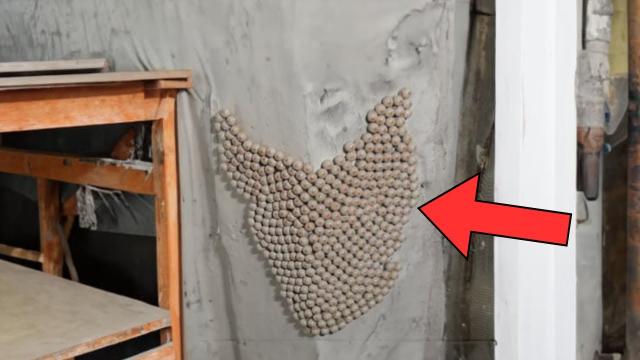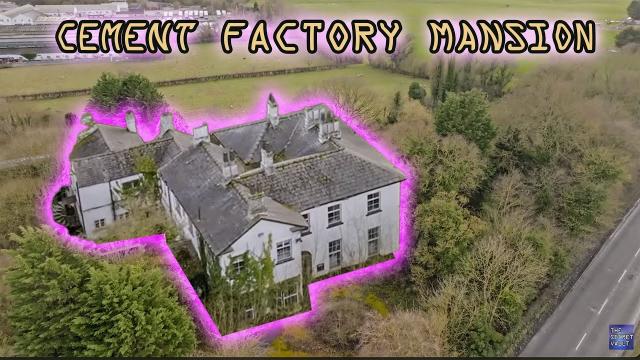Big Carpentry Factory in Barnstaple DODGY FLOORS
Description
Some seriously dodgy floor in a Grade 2 Listed Building which was in use from 1854.
Located Sticklepath Barnstaple Devon
Background:
hey were designed by William Clement Oliver, a local and regional architect whose work is characterised by the use of polychrome materials and good detailing which is evident in these buildings; * Technological interest: the buildings employ an innovative combination of fireproof and fire-retardant construction, compartmentalisation and a sprinkler system, which was designed following the loss of the firm’s previous works in a disastrous fire; * Historic interest: as the principal buildings where Shapland and Petter produced high-quality, mass-produced Arts and Crafts furniture using technologically-advanced machinery imported from the United States for the initial stages of production, combined with detailed, hand-crafted and applied elements and finishing; their work, which is now highly sought after, represents part of the democratisation of the style which saw its popularity spread throughout society.
History
The firm which would become Shapland and Petter was founded in 1854 in Barnstaple, by Henry Shapland, who had been apprenticed as a cabinet maker. After failing to find work in London, Shapland travelled to America, where he discovered a revolution taking place in cabinet making: the invention of modern woodworking machinery allowed the laborious sawing and planing of timber to be mechanised, leaving the skilled cabinet makers free to concentrate on the important final stages of assembly and finishing. Returning to England, he brought back drawings of a machine he had seen which was capable of producing finely-carved mouldings on curved surfaces, ideal for use in the creation of high-quality furniture, together with a commitment to the idea of mechanised manufacturing using the most cutting-edge machinery and technology. Back in Barnstaple, he re-created the machine he had seen, and began a business in a water-powered former textile mill at Raleigh in Pilton, initially making and selling mouldings to piano makers and furniture manufacturers. The business, which began making its own furniture rather than just supplying mouldings, later moved to Bear Street in Barnstaple, and in 1856, Henry Shapland was joined in partnership by Henry Petter, who had previously worked in publishing. In 1864, the firm of Shapland and Petter returned to the old mill at Raleigh, eventually taking over the whole of the large factory site. Shapland continued his interest in developments in the US, regularly importing the latest manufacturing technology; and in 1885, his son, Richard, travelled to America to research timber-seasoning methods. He went on to patent his own method, which cut the time taken to season timber for furniture to one-thirtieth of that traditionally taken, but produced better and more consistent results. The design of his drying kilns was hugely successful, and by 1891, they were much sought after in London and throughout the country.
from this site:
https://historicengland.org.uk/listing/the-list/list-entry/1427989
My Instagram: https://www.instagram.com/mattswilli/
Facebook: https://www.facebook.com/groups/1228424283971624/
email me at me@thematthewwilliams.com or truthsee@gotadsl.co.uk
Also present on this explore were
Delelict Plymouth Unearthed - https://www.youtube.com/channel/UC9V8fRxaGBzQwXMPw5HOJAA
Equipment used:
Sony A7s ii with Samyang 14mm full frame lens
Dji Pocket 2 camera
Insta 360x R
Adobe Premiere Pro 2020
Ryzen 3950X
65GB Ram
Windows 10 (No Apple shiz here)
Nvidia RTX 3090 GFX














